Just in: Chicago could resume in April 2021
mainUnlike New York, where the Met, the Philharmonic, Lincoln Center and Carnegie Hall have no plan to reopen before next fall, the Chicago Symphony took a more prudent position today, cancelling all concerts, but only til the end of March 2021.
Press release:
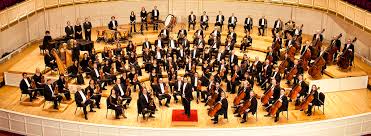
The Chicago Symphony Orchestra Association (CSOA) announces that in response to the ongoing COVID-19 pandemic and to ensure the safety of audiences, artists and staff, all CSOA-presented 2020/21 season programs originally scheduled to take place from January 7 through March 30, 2021, have been canceled. Programs include Chicago Symphony Orchestra (CSO) and Symphony Center Presents concerts, public concerts and events of the Negaunee Music Institute at the CSO and previously announced domestic tour performances by the CSO in Florida and California.
The decision follows a review of current conditions and restrictions related to the pandemic and is in accordance with the State of Illinois and City of Chicago’s multi-phase recovery plans, as well current safety guidelines from public health officials. The CSOA continues to explore the possibility of rescheduling affected programs and is reviewing plans to present smaller-scale live performances with a reduced audience in the future…
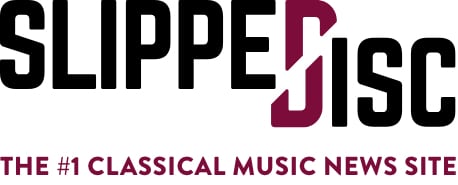
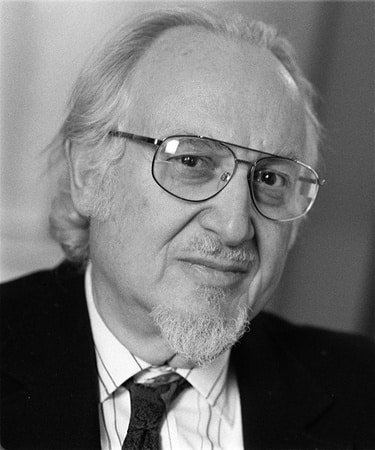
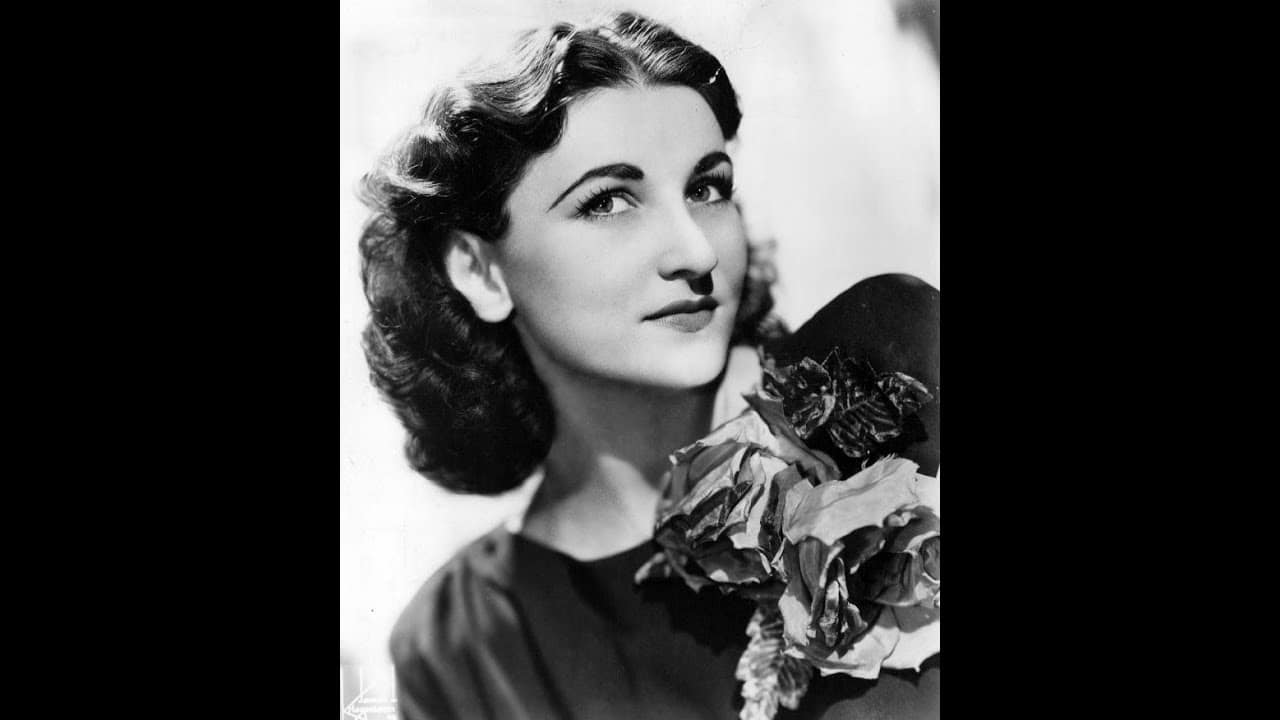

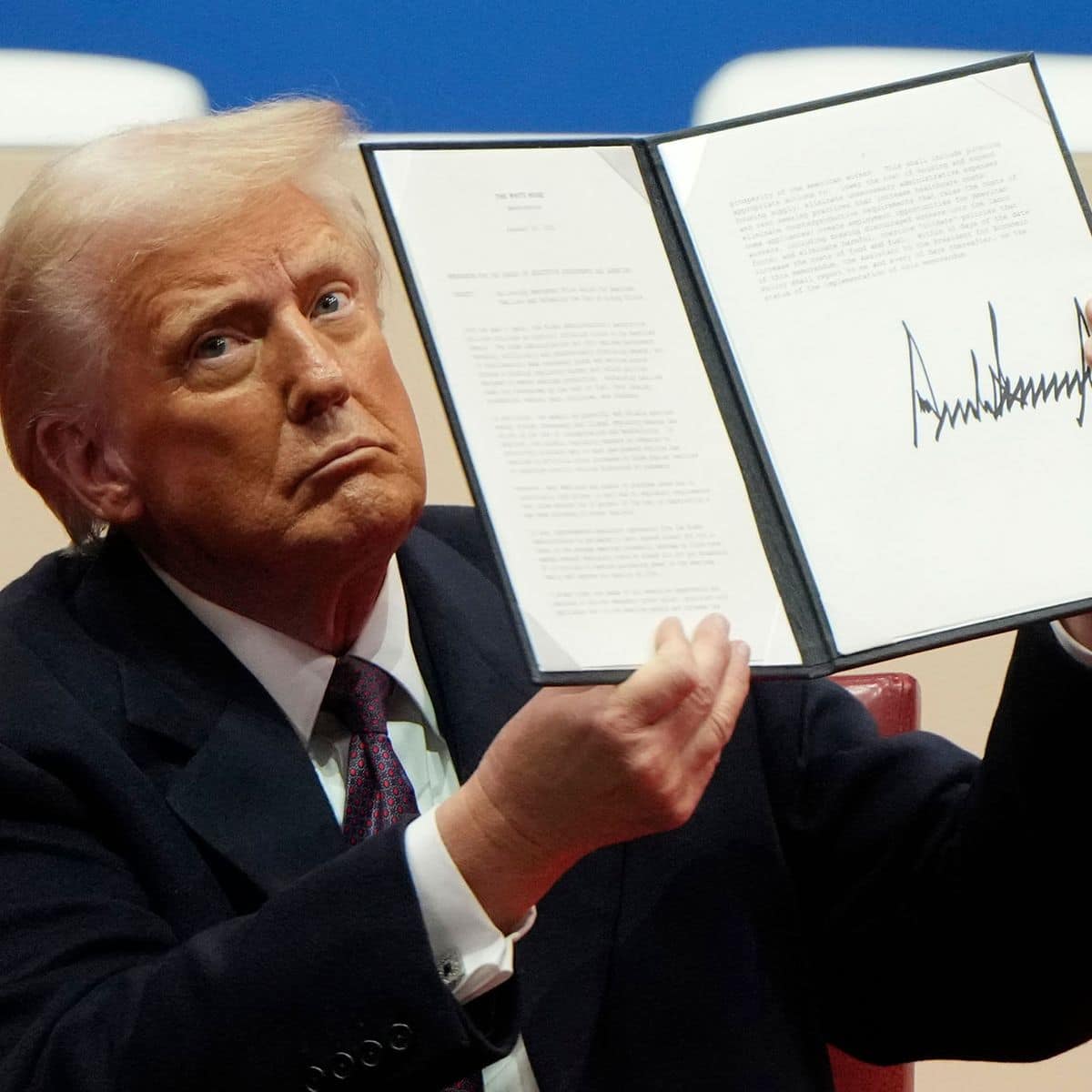
Comments